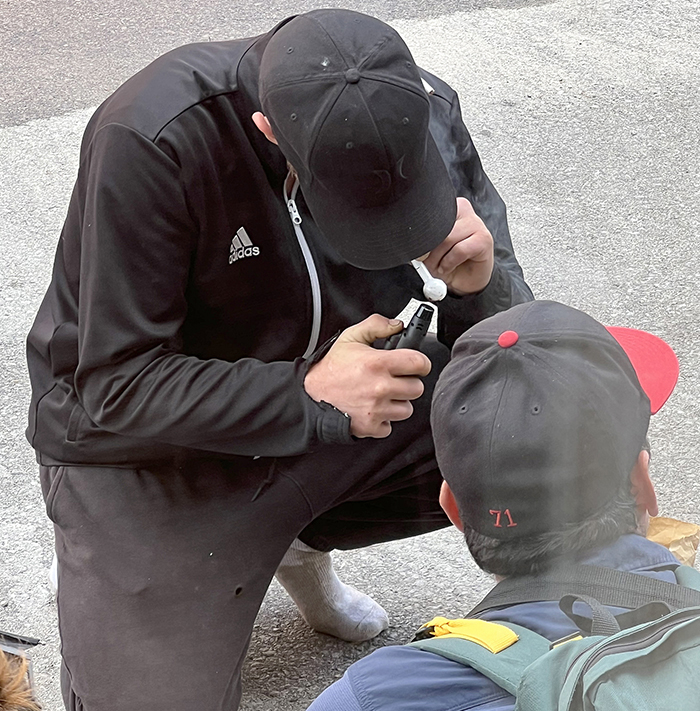
By Pam Wright
Local Journalism Initiative Reporter
Laird Brush wishes Ontario would fix its current addiction treatment system before embarking on a new approach.
The executive director of Westover Treatment Centre in Thamesville said more dollars need to be spent on programs the province already has.
“I appreciate the government’s intention to invest more money in a recovery treatment approach, but I’m skeptical whether the funding will be realized when existing treatment programs are so severely underfunded,” Brush told The Voice in a recent interview.
Brush’s comments come in response to an announcement that Ontario’s Ministry of Health plans on spending $378 million to create 19 Homelessness and Addiction Recovery Treatment (HART) Hubs. The news came at the Association of Municipalities of Ontario’s annual conference in Ottawa on Aug. 21. It dovetails with the announcement the province is closing 10 supervised drug consumption sites because they are located within 200 metres of schools or day-care centres.
Citing dangerously high crime rates and open drug use near safe consumption sites, the government launched a review of the sites following the death of a young Toronto mother. Karolina Huebner-Makurat, 44, was killed by a stray bullet in 2023, following a fight between drug dealers at one of the city’s safe consumption sites.
According to a statement from the Ministry of Health, HART Hubs will add up to 375 “highly supportive” housing units, in addition to addiction recovery and treatment beds, that will help “thousands of people each year transition to more stable long-term housing.”
Municipalities will be invited to apply for the funding, which amounts to just under $20 million per hub and around 20 beds per hub.
How the HART Hub initiative rolls out remains to be seen and Brush wonders how homelessness, addiction and mental health can be addressed within one approach.
“Homelessness, mental health and addictions are all very complex,” he explained. “They are connected, but distinct, and I’m not sure they can be solved in one place.”
However, Brush said he agrees with keeping safe consumption sites at least 200 metres away from schools and day-care centres. The legislation means Windsor’s safe consumption site, the one closest to Chatham-Kent, won’t be reopening. Operations paused there in 2023 due to lack of funding.
Reaction from other Chatham-Kent leaders regarding the HART proposal is cautiously hopeful.
Mayor Darrin Canniff, who attended the AMO conference in Ottawa and heard the announcement first-hand, said municipalities don’t know where the new hubs will be located, but he suspects the decisions will be based on a regional approach.
“We have no idea where the government plans to locate these hubs, but Chatham-Kent will certainly be advocating for it,” Canniff said. “It’s a pretty broad outline…we’ll see.”
Ontario’s Big City Mayors have been pushing the province for a comprehensive solution to the homelessness crisis, as Ontario currently has an estimated 235,000 citizens who are homeless.
Canniff said he observed the social disorder brought on by Ottawa’s homeless population up close as the nation’s capital has 395 homeless encampments.
“This is the biggest health crisis we’ve ever experienced in Ontario,” Canniff concluded.
Chatham Coun. Marjorie Crew, who sits on the Chatham-Kent Drug Awareness Council, said the hub proposal could help solve the problem.
“If Chatham-Kent gets part of this funding, it is a good thing for our community and this vulnerable population,” Crew said. “If we want to end the encampments, this could be the beginning of a solution.”






